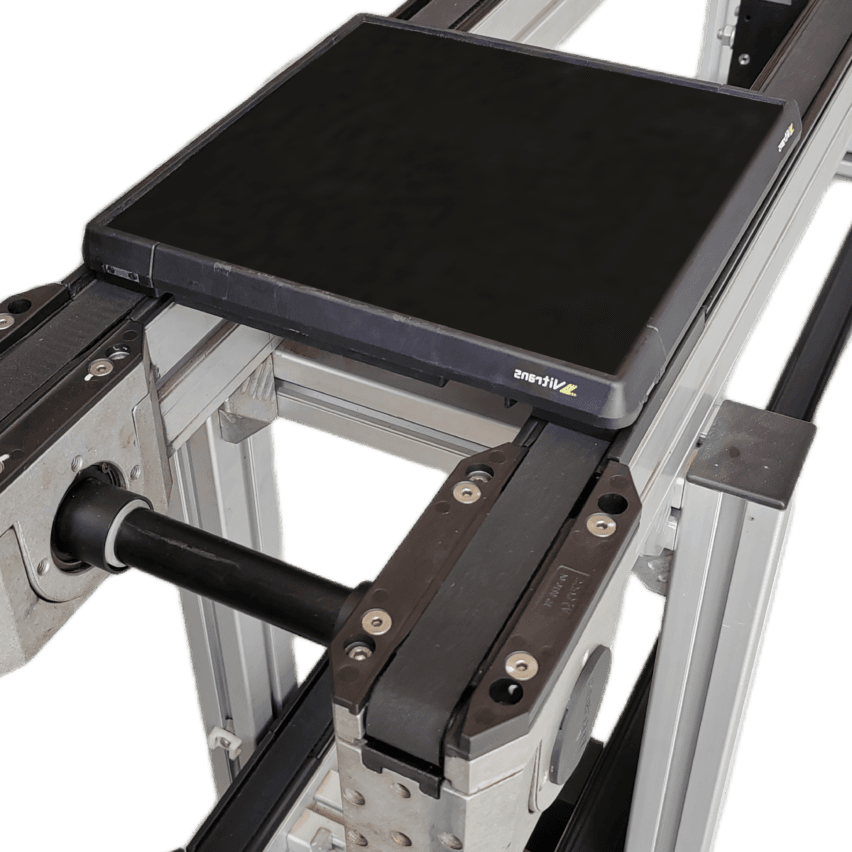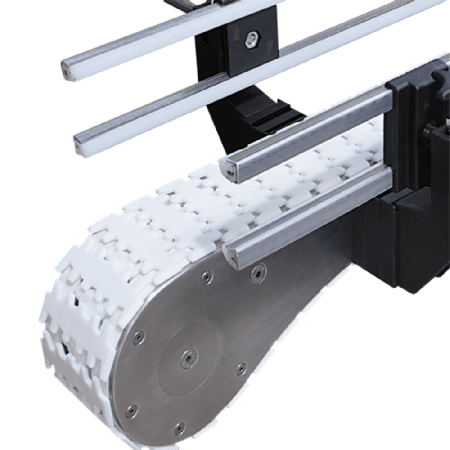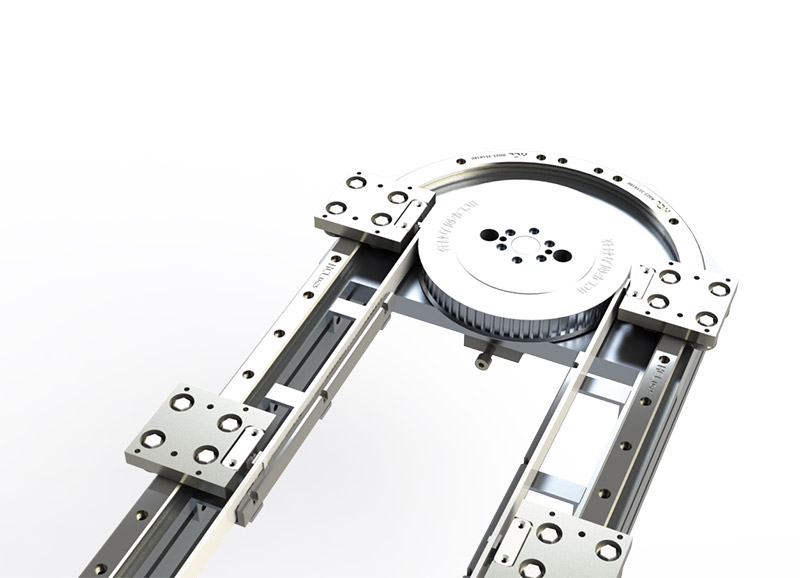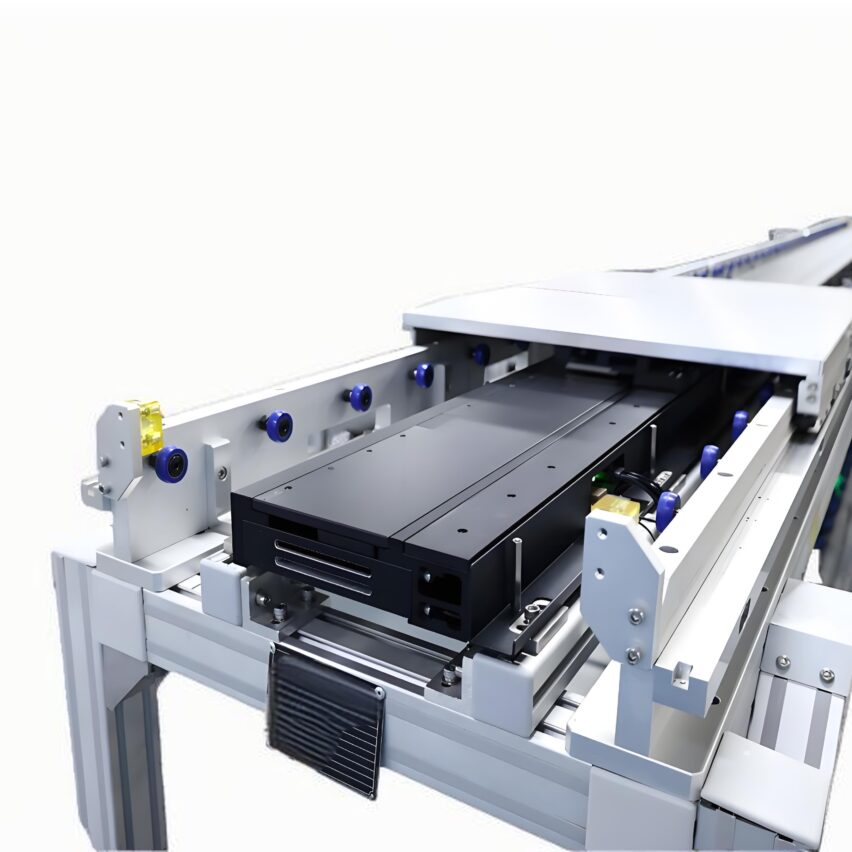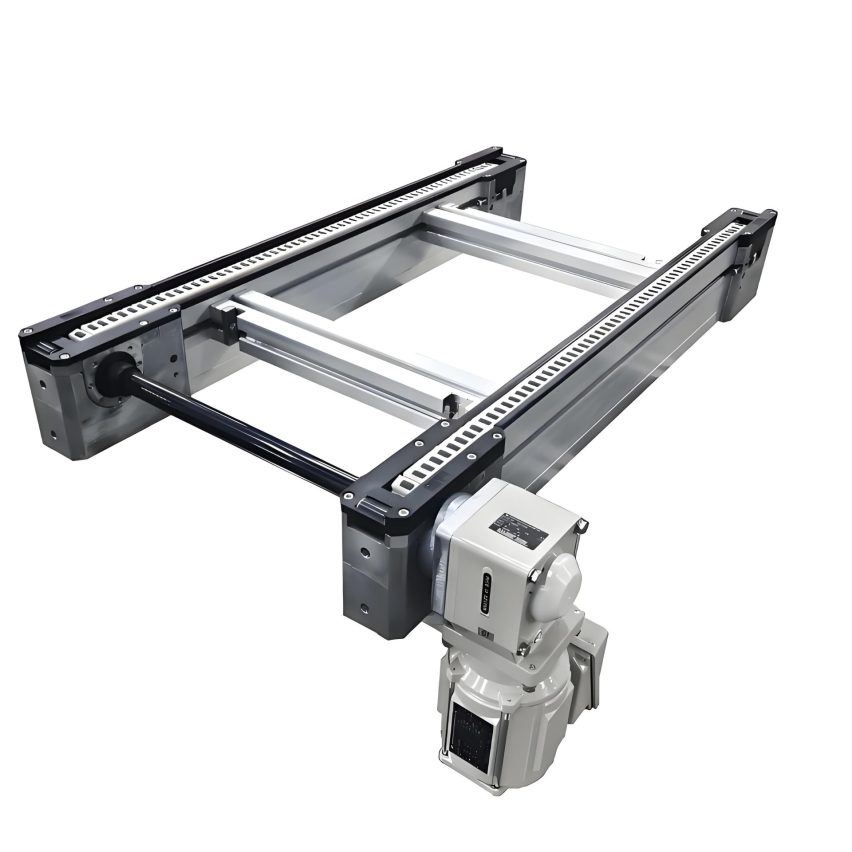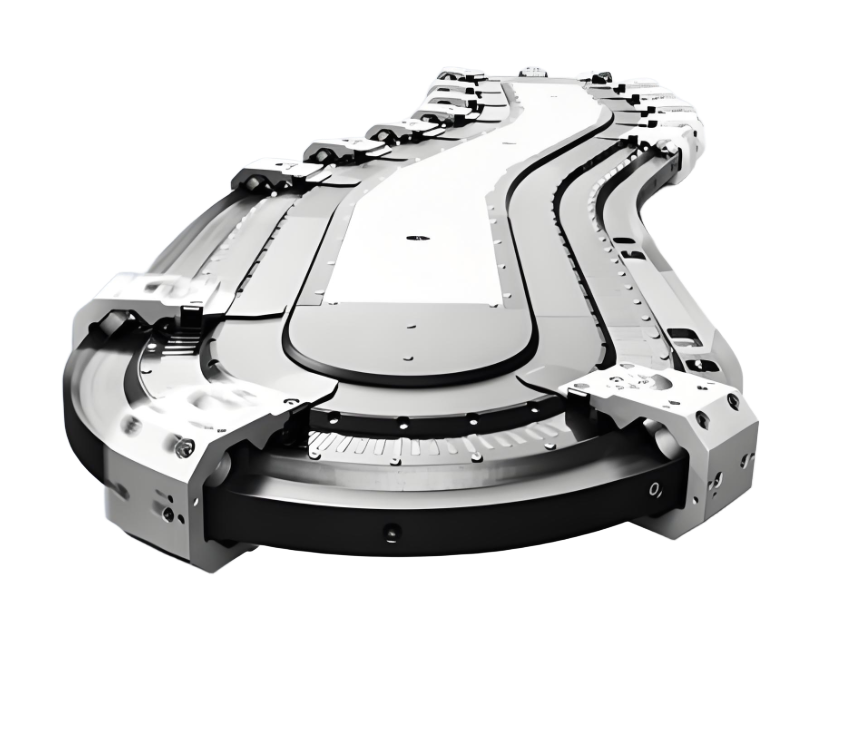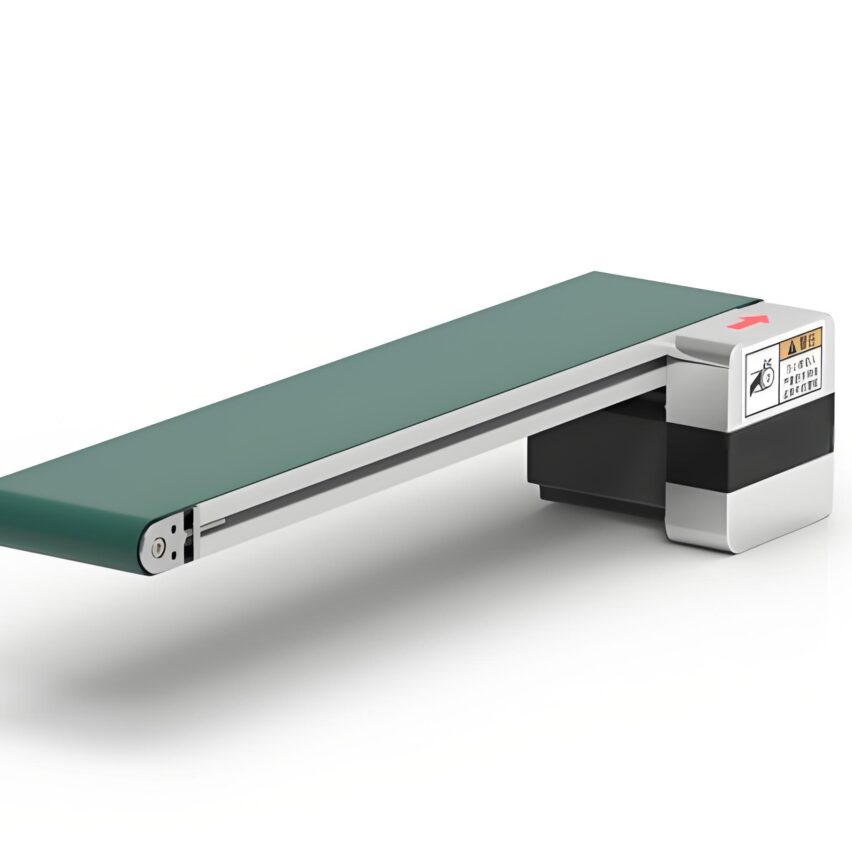Hey, have you ever been confused by those "whoosh" running assembly lines in factories? Especially when you hear the words "doubling chain" and "differential chain", you feel like twins like indistinguishable? Don't worry, today we will break up and crumble, from theThe most fundamental structural principleI'm going to tell you exactly how it's different - and I guarantee you'll be able to slap your thighs when you're done reading it, "So that's what it's all about!"
🔧First, let's get this straight: these two are not the same thing at all!
Guess what? A lot of people think that a multiplier chain and a differential chain are two kinds of chains, but really, ah--Doubling chain is the type of chain and differential chain is the name of the assembly line system.! To give you a chestnut 🌰: a multiplier chain is like a tyre for a car, and a differential chain is the whole system of the car fitted with such a tyre.
- doubled speed chain: the essence isRoller conveyor chains with speed increaseThe "small chain with fast material" is realised by the difference in diameters between the rollers and the rollers.
- differential chain: The full name is Differential Chain Assembly Line and it is theWith a multiplier chain at its corewith aluminium alloy guide rail, motor, stopper and other componentsComplete Conveyor Systems.
To put it bluntly, the doubler chain is a "part" and the differential chain is a "machine" - that's the fundamental difference!
⚙️Second, structural anatomy: chain VS system, where is the difference in design?
1. The construction of the doubler chain - the key is "the roller is bigger than the roller".
Take apart a doubler chain and you will find that it consists of 6 parts:
- Inner/outer chain plates → tandem structure
- Pin + Sleeve → Joint
- Roller (small)→ Contact guide, weight bearing
- Roller (large)→ Bracket plate, key speed-up component
The secret formula for growth rates::Plate speed = (1 + roller diameter/roller diameter) × chain speed
For example, if the roller is 1.5 times bigger than the roller, then the speed of the plate is 2.5 times that of the chain! That's why it's called a "double speed" chain.
2. Structure of the differential chain - "system integration" at its core
The differential chain assembly line can be much more complex and it contains:
- slideway: Special aluminium alloy profile to support the chain
- Multiplier Chain: Usually with 2.5x or 3x speed chains
- control module: Pneumatic blockers, photoelectric sensors
- functional constituency: jacking translators, rotary tables (to steer or pause workpieces)
👉Simply put: the doubler chain is the "heart" of the differential chain, but the differential chain has an additional "brain" (control system) and "arms and legs" (actuators)..
🏭III. Comparison of work logic: one accelerates, one controls the tempo
Multiplier Chain: Purely Physical Speed Increase
- The chain goes at a constant speed → the rollers roll on the guide rails → the big rollers carry the work plate round faster →The work boards flew up!
- vantage: Simple structure and low noise (rollers are commonly made of engineering plastics).
Differential chain: intelligent beat control
- Multiplier chains provide base speed →Blocker stops the work plate→ Worker operation → Sensor release → Jacking machine adjustment position
- vantage: Able to pause, steer, and stack materials to flexibly adapt to the rhythm of assembly.
💡 An example: on the car parts line, the differential chain gives the steering wheel a pause to put in the screws (the doubler chain just goes forward and doesn't stop).
🛠️IV. Where to use it? The scene determines who is chosen!
Based on the industry facts on pages 6, 7 and 10:
| typology | typical scenario | Why does it fit? |
|---|---|---|
| doubled speed chain | Electronic factory circuit board conveyor, small home appliance assembly | Requires constant speed and stable transmission without frequent start/stop. |
| Differential chain assembly line | Auto parts assembly, TV assembly line | Many work stations, need to pause the inspection, with the robot operation |
⚠️ Note.Differential chain assembly line is noisier!!! Because it may turn on high power to boost speed, while the multiplier chain is quieter at a fixed factory speed.
💬Personal view: Don't get hung up on "who's better", look at "where it's used".
After more than ten years of line design, I found that newbies love to ask "Which is more advanced, the multiplier chain or the differential chain?". --Actually, they're both the same.complementarities!
- If you just want toLow Cost Material Transfer, select the multiplier chain enough;
- if it is to beIntelligent sorting, multi-station collaboration, the differential chain system is the way to go.
Nowadays, some manufacturers call the differential chain "intelligent doubling line", but it confuses the concept. Remember the essence.Doubling chain is the technology, differential chain is the solution, match it to the need, don't pay IQ tax for the name!
(Finished writing! If there's anything I haven't covered, let's talk about it in the comments section.)


